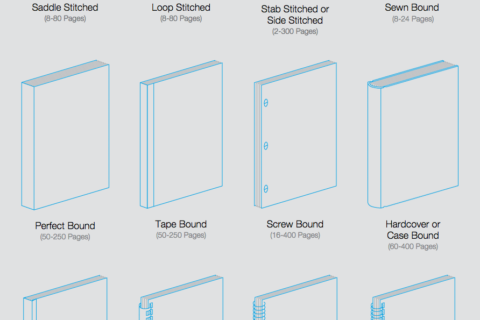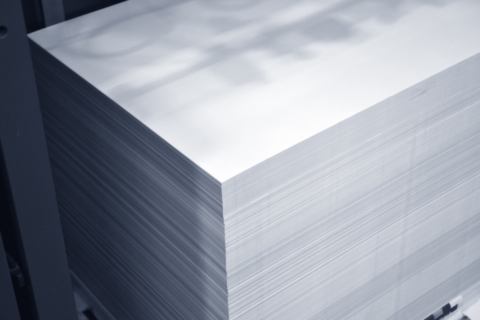Header image credit: Reproductions, INC
When it comes to finally taking the digital media we create as designers to a physical and tangible object, thinking about the process to do that is just as important. Having control over that process in terms of the material used, color accuracy, and getting a desired end result ensures that the vision we have for this artifact is accurately fulfilled. Therefore, it is important to choose the right process so the end result is exactly what we wanted.
Digital Printing
The most common form of printing, digital printing involves the use of either an inkjet or laser printer. These printing techniques are the quickest to use and provide a good way to quickly judge the printed quality of a design without having to spend too much time and resources getting it printed.
Inkjet Printing
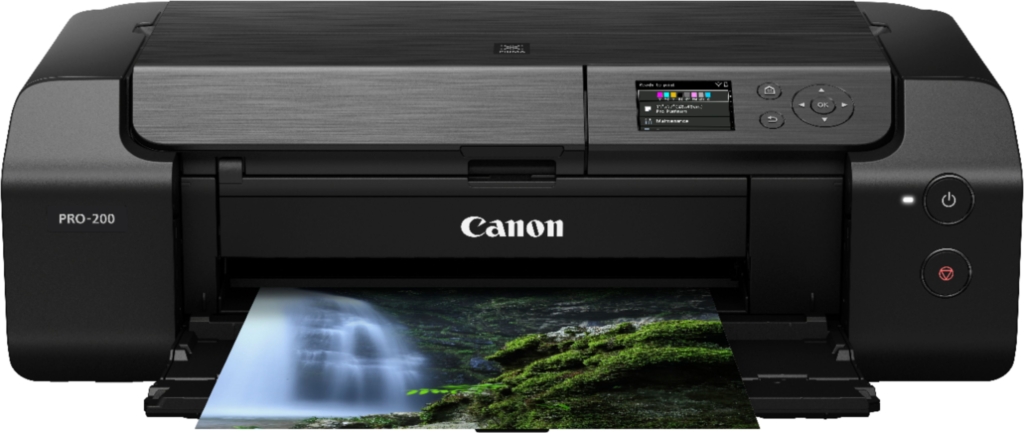
Image credit: Best Buy
Inkjet printing is the more affordable form of digital printing in the short term. Not only do the printers tend to be cheaper to purchase, but the ink cartridges as well.
The process of using inkjet printing is pretty simple. The file, typically a .tiff or a .pdf, is sent to the printer. Using the ink cartridges the printer has, it uses a print head to go back and forth rapidly above the paper, releasing the level of ink needed for each color to produce the image. The end result is a piece of media with the design printed on top of it and, depending on the media, slightly wet and soaked into the media due to the ink being wet.
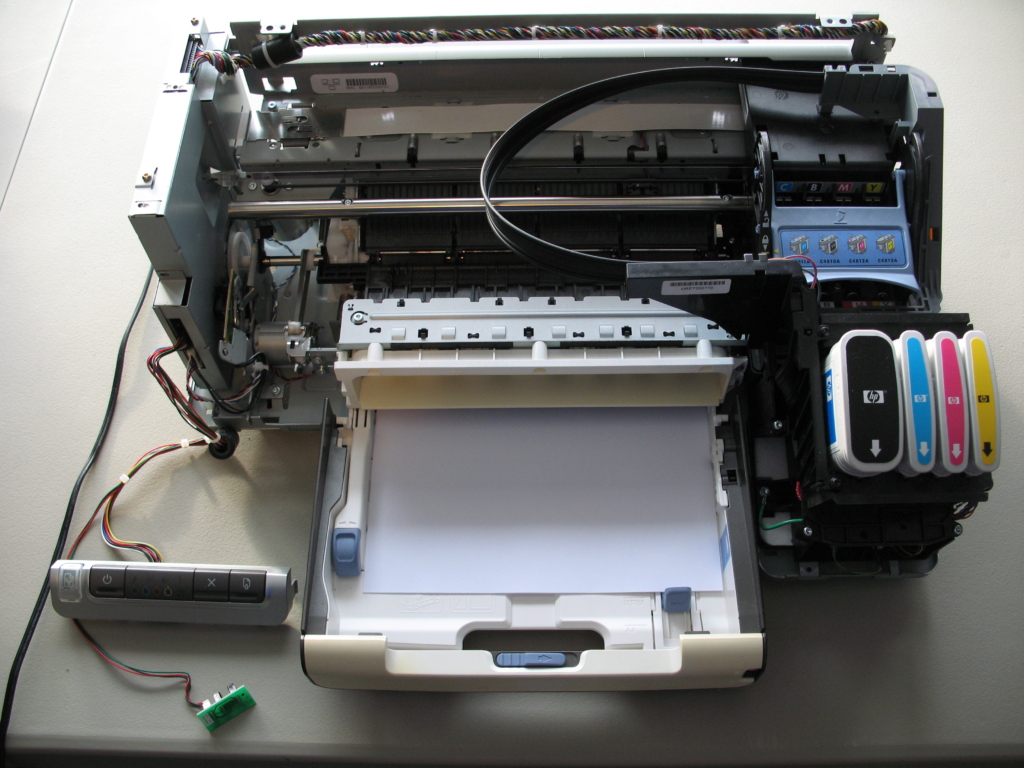
Image credit: Wikipedia
This process has a couple good advantages for design. One such advantage is the way wet ink interacts with paper. Because paper is made of fibers, it is able to absorb the ink and show certain qualities of the paper through the ink (grain, finish, etc.). However, this can cause bleeding as the ink spreads out from it’s original intended application point and cause the printed composition to be slightly blurred from the bleed marks.
Laser Printing
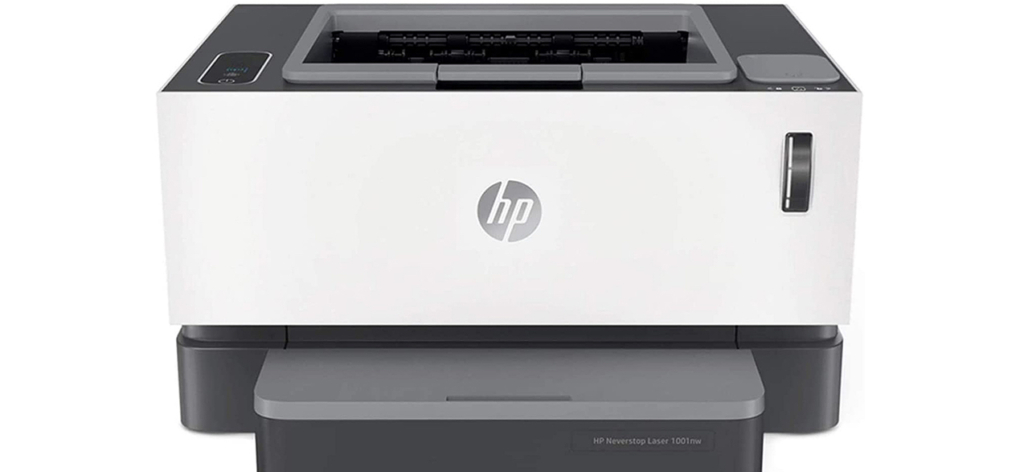
Image credit: Amazon
In relation to inkjet printing, laser (or electrophotographic printing) is the more obnoxious cousin. In terms of cost, while it is faster, it is more expensive to own a laser printer and purchase toner, the laser printer’s ink, for it.
Like the inkjet printer, the laser printer does involve putting the media onto the paper in terms of the quantity required to represent the image given to it, but albeit in a very different way. Instead of liquid ink going to a print head and marking the media with it, it puts its powder-like toner onto a metal cylinder called a drum. Using a laser, this drum is heated up and the melted toner is rolled onto the paper.

Image credit: Britannica
While it does have its advantages of being quicker and more media efficient with how many sheets you’re able to get out of it per toner cartridge, there are some serious drawbacks for designers. One designers certainly care about is the paper qualities do not come through. Being more similar to a wax than a liquid, the toner melts onto not into the paper and hides any special finishes and textures beneath its surface. This can defeat the purpose of using specific types of paper. Another issue they run into is the maintenance process for these printers can be messy due to the way they put the toner on the paper, as well as the simple fact that the toner is a powder.
Relief
Relief printing is a process involving a block or roller that has the design carved or etched into the surface with ink applied to the raised portions of that surface. This applies the ink only on those raised areas and can create a slight dip in the media due to the pressure required to apply the ink. In relief printing, the content is reversed to ensure that when pressed onto the intended media, the image is now oriented the correct way.
While this method of printing can provide clearer and sharper forms in printing, it does come at the cost of only being able to do one color at a time. To do another, a completely different block or roller is needed to apply the color into the correct areas. This can also create issues in handmade artifacts using this process, since human error could mean things don’t line up exactly.
Letterpress
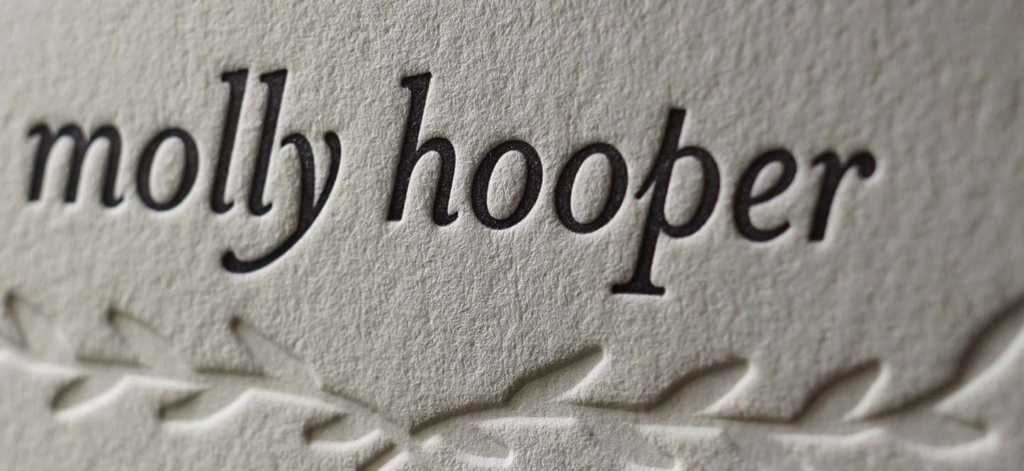
Image credit: Hoban Cards
Letterpress is a pretty straightforward method of relief printing. It involves pressing letterforms into a surface (hence the name) and has a very rich history with design. Letterpress can be traced back to Johannes Gutenberg and the printing press, which led to mass-production in printing and the formation of standardized type, typography, and typefaces as we know them now.
The process of letterpress is pretty simple. Using either a single letter plate, group of letters, or entire pieces of text, the letters are inked on the raised portions (the parts that have the letterform) and are pressed into the page. This creates a slight dip in the media where the letters were pressed in, varying depending on what the surface material is.
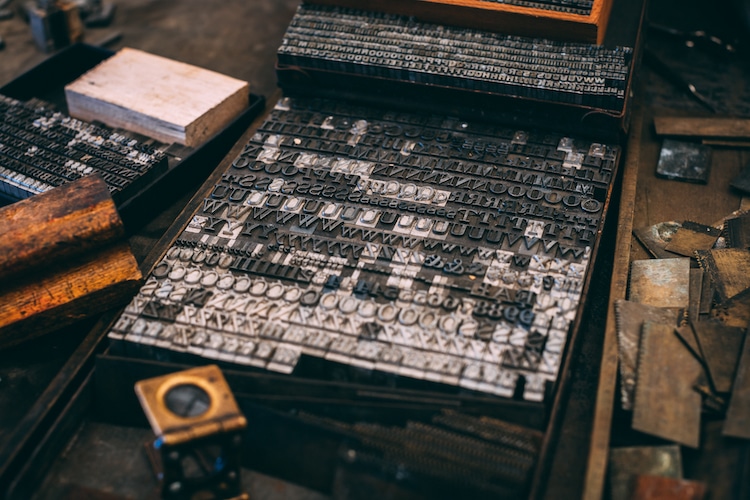
Image credit: Shutterstock
While it is able to succeed rather well on surfaces that range from smooth to rough, it is one of the more time-consuming printing processes.
Block Printing
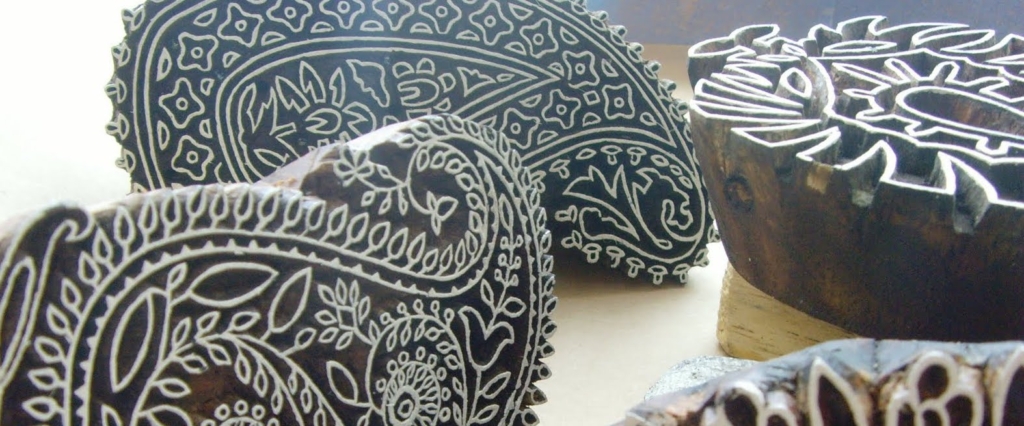
Image credit: Textile Research Centre
When I think of relief printing, my mind typically jumps to block printing. This process is more hands-on and involves a composition that is carved into a substrate like wood or linoleum. This is most commonly found in prints involving repeatable patterns, as this eliminates the need to carve new plates every time a new print comes along and only requires the original plate to be re-inked.
The process involves the artist carving the composition into the substrate of their choosing. Once the negative space has been carved away, they apply the ink via a roller to ensure that there is even coverage before pressing onto their surface.

Image credit: 310 Art
Due to it being done by hand, this is one of the longest relief printing processes. However, that same fact makes prints like these more of a rarity and therefore more luxurious than something that was easily mass printed.
Flexography
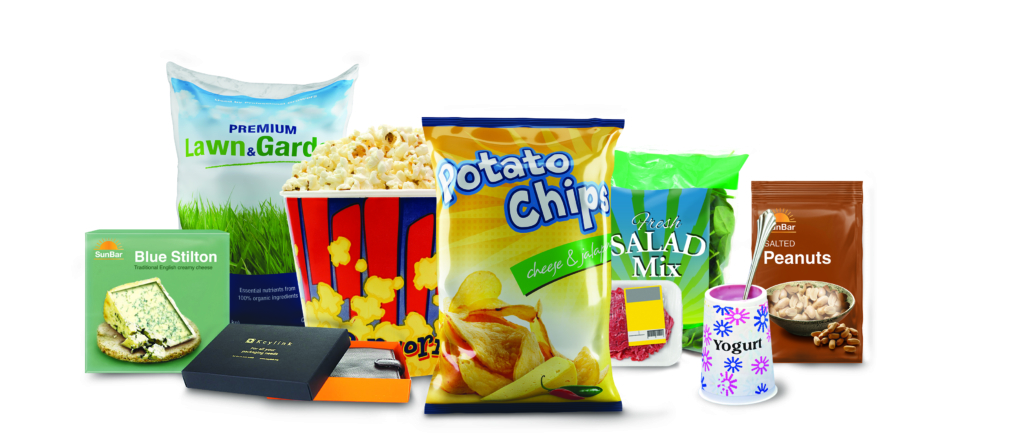
Image credit: Food News International
Contrasting the slow, delicate, and personal nature of block printing, flexography is a fast-paced and mass-produce method of relief printing. Instead of a plate coming down on the media, this process involves a roller or series of rollers that are fed a roll of the desired surface media. This makes it great for package printing on things like wrappers, bags, and other surfaces that can start as these rolls.
Each roller in the process, which there are typically multiple of, has a part of the composition that it will print in its specified color. This allows for quicker multi-color relief printing that isn’t possible with letterpress or block printing. In addition, high amounts of multiples are able to created by sending the surface through a series of these rollers as a roll, creating repeated individuals of the same design along the roll. This creates a continuous pattern along the surface that can later be cut into individual pieces.
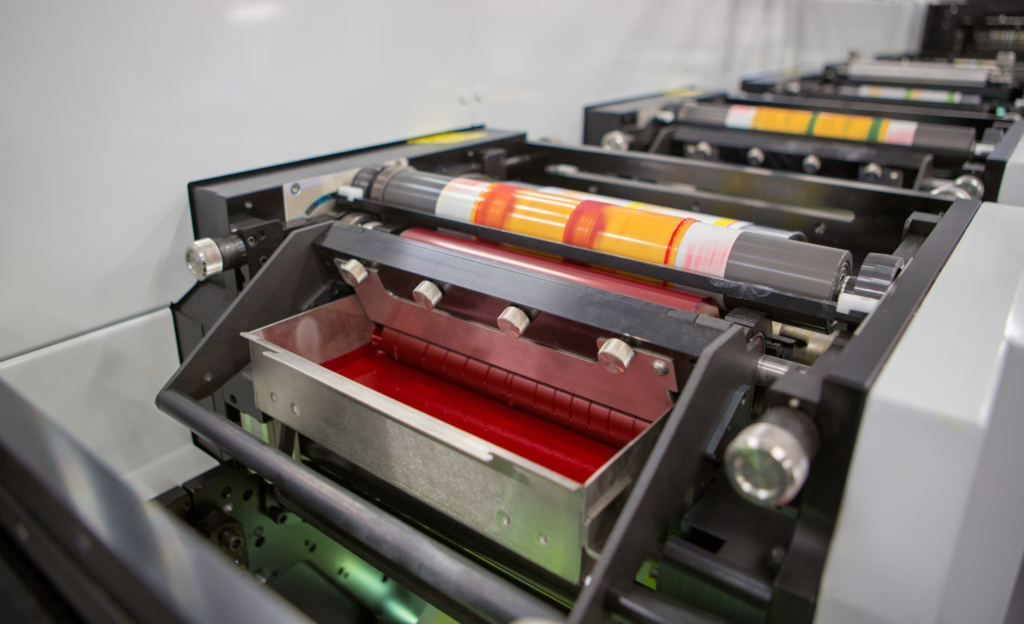
Image credit: Luminite
While this is the most efficient version of relief printing, it is not always the greatest. Due to the high speed and emphasis on efficiency, quality can suffer in the form of ink spreading on the surface and making it hard to create fine details.
Gravure
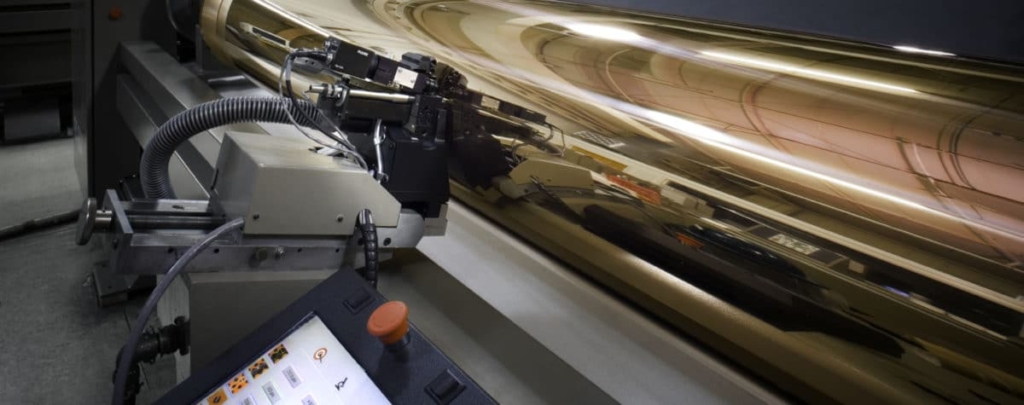
Image credit: Gellner Industrial
Gravure is slightly similar to flexography in its use of rollers, however instead of using the raised surface of a plate, it uses etchings that hold the ink to print on a surface. This allows it to have greater control over the ink and in turn create higher-detail prints.
The content is first etched using an acid onto the cylinder. This is typically a one-color etching, as other colors are accomplished through a multiple-cylinder system. These cylinders dip into a pan of ink, pressing into the surface against an impression roller on the other side.
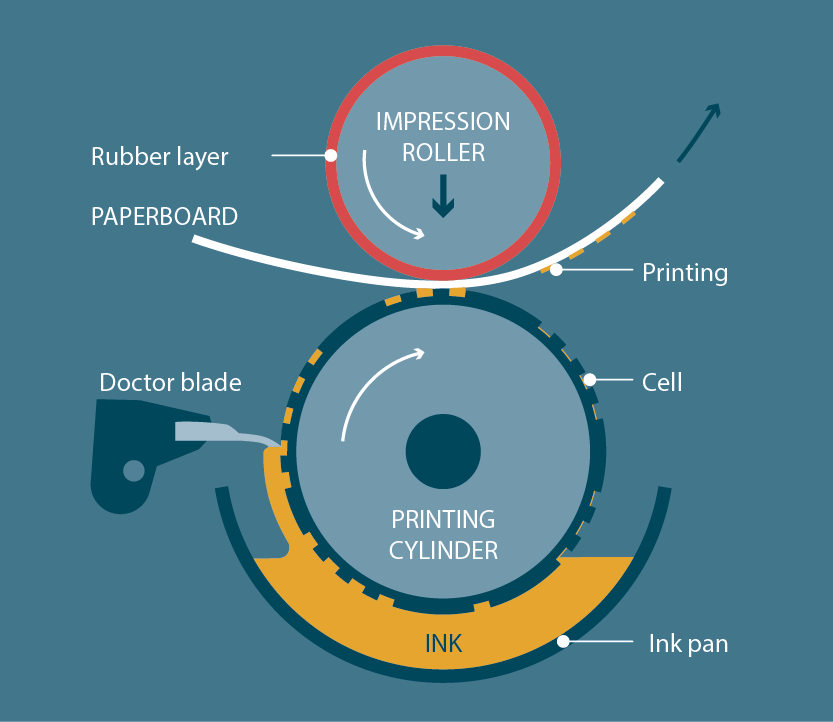
Image credit: Holmen Iggesund
While on paper this sounds like an end all be all for flexography, cost becomes a main concern. The entry costs for setting up a gravure operation are extremely high due to the expensive equipment needed to run the printer, as well as create the etchings on the cylinders with the level of detail gravure is accompanied.
This all goes to show that printing isn’t just a one-step process of pressing the print button. While it may seem daunting, understanding the process, results, time, and cost can help make a decision between which process to go with that much easier.
References
Powers, Tim. “Printing Techniques Lecture”
“Letterpress Printing: From Its Beginnings to the Artisan Revival Going on Today.” My Modern Met, https://mymodernmet.com/letterpress-printing/
“A Brief Overview of Gravure Printing.” Lifewire, https://www.lifewire.com/what-is-gravure-printing-1074611


